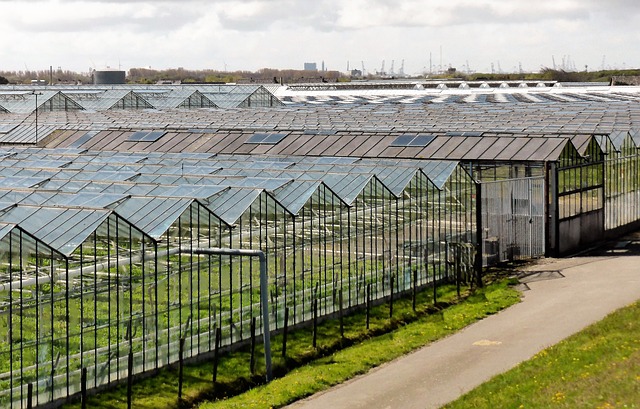Introduction:
Netherlands is the second largest agricultural producer in the world at second only to the US. The Netherlands is famous for exporting cheese, flowers, tomatoes and even vegetables and beer. In addition, The Netherlands is also the biggest meat exporter in Europe and has around 4 million cows, 13 million pigs and 104 million chickens.
The Netherlands, despite its small size produces nearly twice the amount needed to feed itself and as a result has managed to achieve new feats in not just maximizing its agricultural output but has also pioneered and perfected various food technology like hydroponics, cell-cultured meat and use of robotics in milk and harvesting along with various new biodynamic farming techniques like vertical and seed farming.
Check out: Reasons Why Netherlands is World’s 2nd Largest Food Exporter
The Netherlands had naturally high soil fertility due to the seas and rivers but also partly due to the man-made activities of manure application and fertilizer usage. However, the adverse impacts of intense agricultural farming has caused negative impacts on the soil.
For more information, check out: Hydroponics – The Future of Agriculture?
Environmental Impacts of Intense Agriculture in Netherlands:
Many impacts like soil acidification, nitrification, desertification, decreased organic matter in soil, soil contamination due to agrochemicals and heavy metals combined with soil compaction and erosion have left long lasting impressions in the environment of Netherlands.
- Soil Contamination and Deterioration: various use of chemicals and heavy metals not only contaminate the soil but also overall decrease the quality of the soil which impacts future use of the soil. In addition, the continuous and repetitive crop farming also extracts a lot out of the soil which leads to a decline in the soil organic matter content.
- Shifting Ranges: Many ecosystems have been disturbed as a result of human influence, leading to rapid and irreversible state shifts, overriding trends and producing unanticipated effects on the population of important microfauna and flors along with some other diverse and local biota. Such critical transitions have occurred at the global scale in previous geological eras and have been shown to occur in local ecosystems in the current era as well.
- Disturbed N & P cycles: The intense farming practices and producing double the amount of food from a single patch of soil has resulted in the disturbance of the nitrogen and phosphorus cycles directly affected by the declining population of the nitrogen fixing bacteria due to disturbed habitats.
- Water Restrictions: the upper limit for the use of freshwater usage, land use and ocean acidification are also soon approaching and alternatives for it are still being searched for along with addressing the important aspect of global sustainability of these resources. One way of making agriculture more sustainable could be using more advanced technology such as: What Is Agritech? – Importance and Methods of Agrotech
- Increased Carbon Footprint: due to higher demand, increased exports, and too much livestock everywhere, the most frequent impact is seen in the form of increased carbon footprint from exports, cattle along with damaged landscape, biodiversity and overall quality of life for people living in close association to these agricultural hotspots. Also read: All You Need To Know About Carbon Footprint And Its Importance
- High Nitrogen Footprint: This means that Netherlands produces a lot of livestock produce and as a result also consumes it which leads to a thick nitrogen ‘footprint’ or impact on the environment. Many people even argue that it is a necessary evil for the nitrogen problem to exist as there are a lot of humans on the earth and all of us could not be fed from the natural nitrogen from dead organic matter, however, it would be beneficial to use nitrogen much more efficiently and carefully to prevent losses and emissions by shrinking the livestock sector. Thereby distributing the nitrogen and livestock footprint over more countries.
You might also like to read: Environmental Protection Vs. Economic Development Conflict
Conclusion:
These impacts undoubtedly are a result of human influence, leading to rapid and irreversible state shifts, overriding trends and producing unanticipated biotic effects. Such critical transitions have occurred at the global scale in previous geological eras and have been shown to occur in local ecosystems in the current era. Particularly in the Netherlands due to its double output.
Some studies also show that due to illiteracy, hunger, disease and water scarcity etc. the current consumption rate of many affluent societies in the developed world cannot be matched by the undeveloped or still developing countries due to the intense impact and capitalization of natural resources that sustains modern economic activities. More destruction will follow if countries do not curb this and continue to increase the consumption driven requirements for food which is unsustainable due to the natural limits of the biosphere.
We hope you liked this post! Please comment below if you have any suggestions, comments or feedbacks! We at #envpk love hearing from readers! Thanks!




